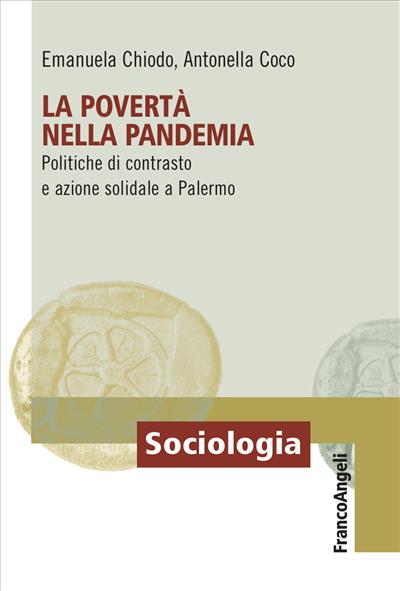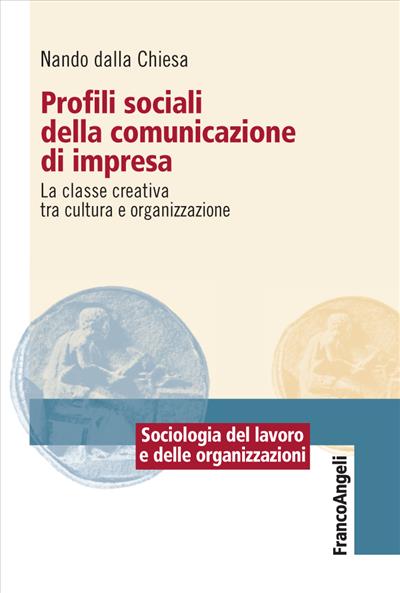
Italy today 2011.
Social picture and trends
The CENSIS Report interprets Italy’s most significant socio-economic dimensions at a difficult moment in the country’s history. After a discussion of how Italian society has turned out to be fragile, isolated, and lacking autonomy, the report addresses some of the main issued that emerged during 2011: what is left of the Italian model of development, the causes of the country’s economic stagnation, and how to revitalize its growth potential.
Printed Edition
30.00
Printed Edition
30.00
Pages: 256
ISBN: 9788820400675
Edition: 1a edizione 2012
Publisher code: 2000.1357
Availability: Buona
PDF with DRM
23.99
PDF with DRM
23.99
Pages: 256
ISBN: 9788856876208
Edizione:1a edizione 2012
Publisher code: 2000.1357
Can print: No
Can Copy: No
Can annotate: Sì
Format: PDF con DRM for Digital Editions




